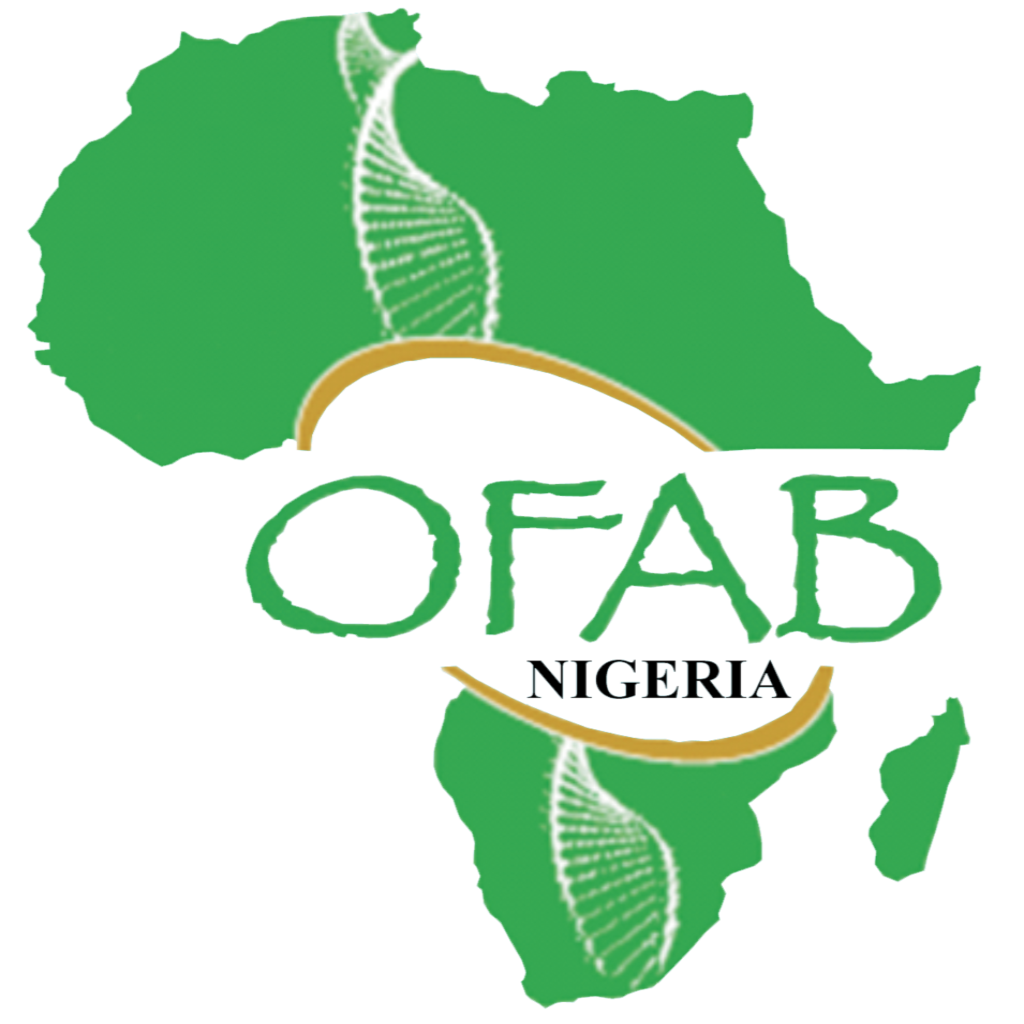Abraham Isah Rose S.M. Gidado
May 2019
Figure 1: Precision farming technologies
Source: CEMA, 2019
The third wave (3rdW) of modern agricultural revolutions is greatly dependent on advancement of precision agriculture. The first revolution in agricultural was the upsurge of mechanized agriculture that spanned between 1900 to 1930 with Nigeria still battling with it till now. During this period, farmers could only produce adequate food proportional to feeding about 26 people at that time. The green revolution of the 1990s which was preceded by mechanized agriculture prompted the new techniques of genetic modification, which led to each farmer feeding about 155 people and more. It is however still heart breaking again to hear that Nigeria is still struggling to catch-up with it as she did with the era of mechanized agriculture. Science is evolving and Nigeria needs to wake-up as already the need to feed her escalating population is at it critical state of urgency with the declaration of ‘nutritional emergency’ in the Northeast of Nigeria by the World Health Organization (WHO). It is predicted that the world population will reach about 9.6 billion by 2050 with the need to effectively double food production in order to feed every mouth with a balanced diet. With new technological advancements in the agricultural revolution of precision farming, each farmer will be able to feed 265 people on the same land but it is so unfortunate that Nigeria is still way back left behind with the country still battling with Hoe and Cutlass agriculture which is still seeing the Nigerian farmer unable to feed their immediate family. Precision agriculture can be best understood when considered as everything that facilitates accuracy and precision in farming practices, particularly in terms of crop growth and livestock rearing. It ensures that farmers are enabled with technologies that increases profits while minimizing risks.
One of the emerging technologies in precision agriculture is the application of Robots in farming. Agricultural robots are best known as AgBots. Recent advancements in the use of agricultural robots in farming is not just limited to harvesting alone but also encompasses their use in identify ripe fruits according to their shape and size before carefully plucking them from branches. Self-steering tractors have been developed now such as the John Deere equipment that has the ability to work like a plane on autopilot. Recent advancement in technology is beginning to ensure the development of GPS programmed driverless machinery that will spread fertilizer or plow land and solar powered machines that has the ability to identify weeds and accurately kills them with lasers.
Drones and satellite imagery are also another emerging technology in precision agriculture. Drones and satellites which takes high quality images and capture bigger pictures respectively benefits precision farming. The combination of aerial photography with data from satellite records can be used by light aircraft pilots to predict future yields based on the current level of field biomass. Contour maps can be created by aggregated images to track the direction of where water flows, develop yield maps of areas that were more or less productive and regulate variable-rate seeding
Figure 2: The application of drone in precision agriculture
Source: Gikunda, 2018
Another prominent emerging technology is Internet of things (IoT). It is the system of physical objects equipped with electronics that facilitates the collection and aggregation of data. For instance, the accurate measurement of nitrogen, phosphorus and potassium in liquid manures which before now has been notoriously difficult, can now be conveniently taken spectroscopically. The ground can then be scanned to see where cows already urinated for the proper application of fertilizer to only the spots of concern. The application of IoT alone slashes the use of fertilizer by 30%. The use of remotes-controlled moisture sensors in the soils has the capability to predict the best time plants can be watered. The programming of irrigation system with the ability to determine which side of the tree trunk should be water based on the plant’s need and rainfall has also been achieved with IoT. Innovations in precision agriculture are not only limited to plants. Animals can be equipped with internal and externa sensors to keep records of digestive problems and track movement patterns to determine the cow’s health and fitness respectively. The use of these sensors also has the ability to sense physical injuries and identify the optimal times for breeding in animals. The analyses and aggregation of these data from sensors can also be used to detect trends and patterns. In beekeeping farming, monitoring technology has been applied to enhance optimum productivity. The economic value of Honeybees cannot be under estimated. The wellbeing of a honeybee can be monitored using wireless temperature, humidity and CO2 sensors that will help to enhance the productivity of bees and detect early warnings that can threaten the very survival of an entire hive.
Figure: The use of wireless sensor networks in Precision Agriculture
Source: Allen, 2017
The practice of precision agriculture has been enhanced by the development of GPS and GNSS. Data encompassing crop yield, terrain features/topography, organic matter content, moisture levels, nitrogen levels, pH, EC, Mg, K, and others can be accurately and easily collected by sensor arrays that are mounted on GPS-equipped combine harvesters. These arrays are made up of real-time sensors that quantifies the plants chlorophyll and water status while also taking multispectral imagery. Multi images that can be processed using photogrammetric methods to create orthophotos and NDVI maps can be captured by assembling agricultural drones with RGB or hyperspectral.
Answering the ultimate question, can Nigeria reshape her Agricultural system? A fundamental constituent of modern farm management approach is the use of information technology coupled with a wide range of techniques that includes Telematics, GPS-based soil sampling, GPS guidance, drones, sensors, robotics, autonomous vehicles, automated hardware and software, variable rate technology and software.
The need for the practice of precision agriculture in Nigeria has become more pressing than ever with the Nigerian population predicted to hit 400 million by 2050. Nigeria is presently the 7th most populous country with several predictions that it could surpass the population of the United States to become the third largest country in the world before 2050. Between 2017 and 2050, it is expected that half of the population growth in the world will be concerted within nine countries: India, Nigeria, the Democratic Republic of the Congo, Pakistan, Ethiopia, the United Republic of Tanzania, the United States of America, Uganda and Indonesia (listed according to their expected contribution to total growth). The current escalating population of the world calls for the feeding of a whole lot of people. One way the hunger crisis can be solved without any hitches is through the deployment of precision agriculture to make better use of our existing farmlands. Pulling out third world countries from the burden of malnutrition and hunger will not require planting more seeds on more land because land costs money. To do that, Nigerian farmers will need to look towards technologies to boost yields while helping to manage costs. Precision agriculture is a comprehensive approach.
Figure 4: Comprehensive approaches in Precision Agriculture
Source: Banu, 2015
Rather than handling a complete field grounded on some hypothetical average condition, which may not be in existence, a precision farming approach recognizes site-specific differences within fields and adjusts management actions accordingly.
The world agricultural system is evolving and Nigeria should not be left behind. The practices of agriculture in Nigeria needs a complete overhauling with the current trends in agriculture if Nigeria must meet up with the food demand of her fast-growing population. Tackling food security in Nigeria needs a multi-combinatorial approach that will reshape Nigeria farming system. Such approach may include but not limited to: Genetic modification technology and Gene editing technology.
A publication of Open Forum on Agricultural Biotechnology (OFAB) in Africa
c/o National Biotechnology Development Agency (NABDA),
- Address: Umar Musa Yar’adua Way, Lugbe, P.M.B. 5118, Wuse, Abuja, Federal Capital Territory
- Telephone: +2348073557759 // +2348033549777 (WhatsApp)
- Email: ofabnigeria@gmail.com // nabdamails@yahoo.co.uk


